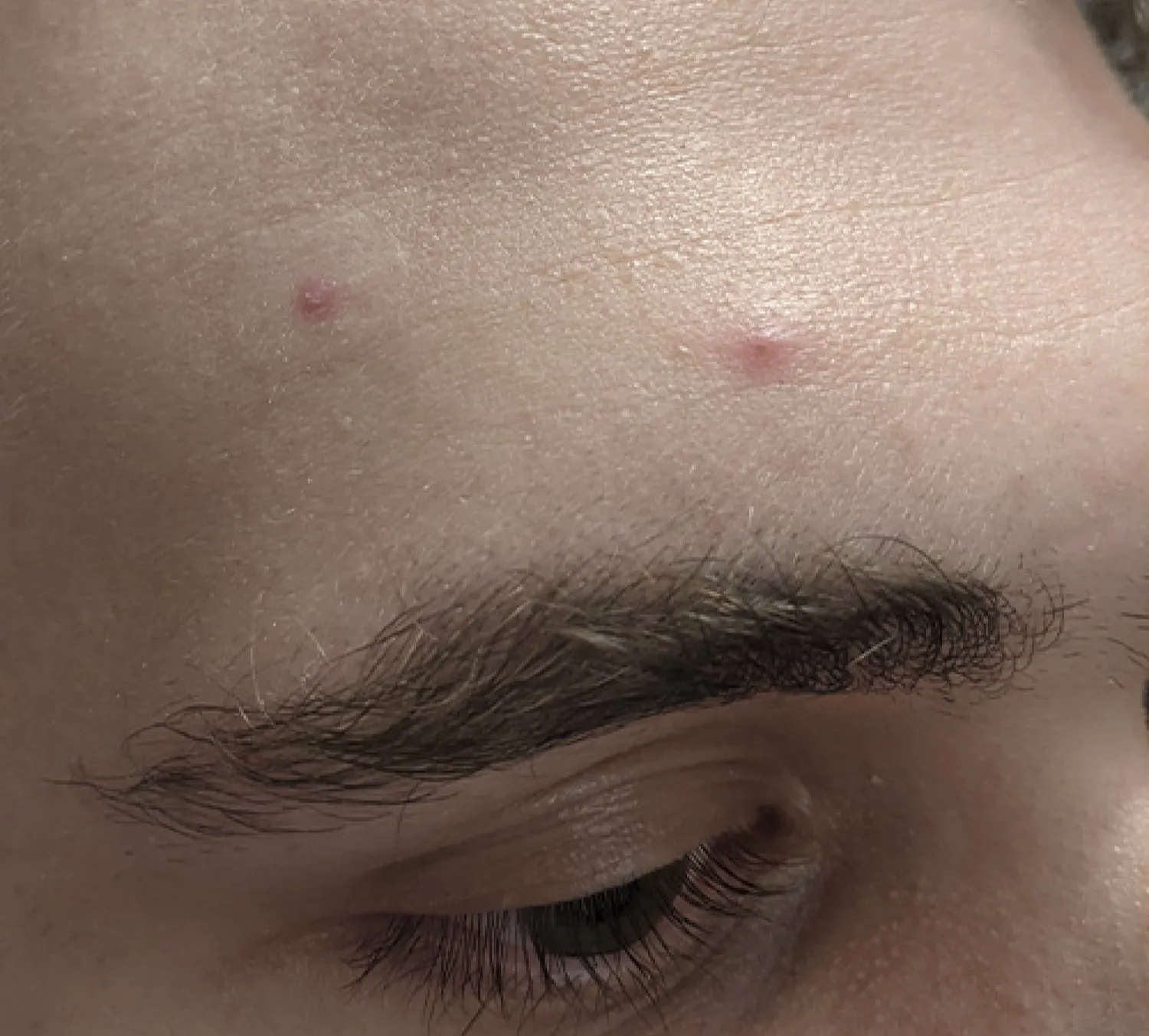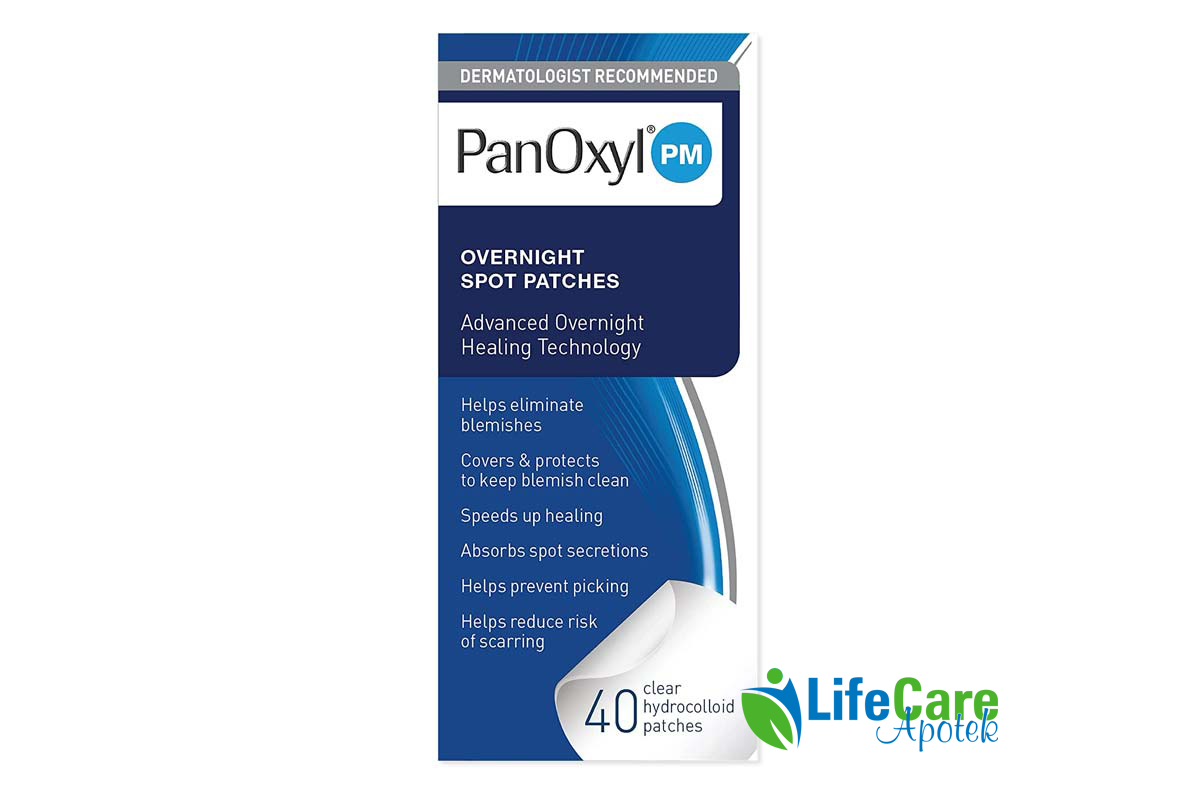Hey there, skincare enthusiast! If you're wondering whether you can use glycolic acid after Panoxyl, you're in the right place. This question has been buzzing around skincare circles, and today we're diving deep into the science behind it. Whether you're dealing with acne-prone skin or just trying to keep your complexion glowing, this article will break it down for you step by step. So grab your favorite drink and let's get started, shall we?
Let's be real—skincare routines can feel like solving a complex puzzle sometimes. You want to tackle acne, fade dark spots, and maintain that radiant glow, but how do you know if combining glycolic acid and Panoxyl is a good idea? It's a question that many of us have asked, and the answer isn't as simple as "yes" or "no." Stick around, and we'll unpack everything you need to know.
Before we dive in, let's clarify something: glycolic acid and Panoxyl are both powerful skincare ingredients, but they work in different ways. Understanding how they interact is key to avoiding irritation and achieving the results you're after. Ready to learn more? Let's go!
Read also:How To Find Out Your Artizia Tier Unlock Your Art Potential
Understanding Glycolic Acid
Glycolic acid is like the superhero of the skincare world. It's an alpha-hydroxy acid (AHA) that works wonders for exfoliating, brightening, and smoothing the skin. But what exactly makes it so special? Well, glycolic acid has the smallest molecular size of all AHAs, which means it can penetrate deeply into the skin. This allows it to break down dead skin cells, unclog pores, and even out your complexion.
One of the coolest things about glycolic acid is its ability to stimulate collagen production. Who doesn't want firmer, more youthful-looking skin? However, it's important to use it correctly. Overusing glycolic acid can lead to irritation, redness, and even sensitization. That's why pairing it with other active ingredients, like Panoxyl, requires some careful consideration.
Benefits of Glycolic Acid
- Exfoliates dead skin cells
- Reduces the appearance of fine lines and wrinkles
- Improves skin texture and tone
- Unclogs pores and minimizes breakouts
- Boosts collagen production for firmer skin
What is Panoxyl and How Does It Work?
Panoxyl is a popular acne treatment that contains benzoyl peroxide, a powerful ingredient for fighting acne-causing bacteria. Benzoyl peroxide works by penetrating the pores, killing bacteria, and reducing inflammation. It's like a SWAT team for your skin, tackling breakouts at their source. But here's the thing: benzoyl peroxide can also be drying and irritating, especially when used in combination with other active ingredients.
Many people turn to Panoxyl because it's effective for moderate to severe acne. However, if you're also using glycolic acid, you need to be cautious. Combining these two ingredients can lead to over-exfoliation, which might leave your skin feeling raw and sensitive. Let's break it down further to see how you can safely incorporate both into your routine.
Key Features of Panoxyl
- Contains 10% benzoyl peroxide for maximum effectiveness
- Helps reduce acne-causing bacteria
- Available in various formulations, including foaming cleansers
- Can cause dryness and peeling if overused
Can I Use Glycolic Acid After Panoxyl? The Science Behind It
This is the million-dollar question, isn't it? The short answer is: it depends on your skin type and tolerance. Glycolic acid and Panoxyl both exfoliate the skin, but they do so in different ways. Glycolic acid is a chemical exfoliant, while benzoyl peroxide in Panoxyl acts as a physical exfoliant. Using them together can lead to over-exfoliation, which might cause irritation, redness, and even breakouts.
That being said, some people can tolerate using both products, as long as they're spaced out properly. For example, you could use Panoxyl in the morning and glycolic acid at night. This allows your skin to recover between treatments and minimizes the risk of irritation. But if you have sensitive skin, it's probably best to stick with one or the other.
Read also:Imagine Tiktok The Future Of Shortform Content
Timing Matters: Spacing Out Your Skincare Routine
Here's a quick tip: if you're set on using both glycolic acid and Panoxyl, timing is everything. Try following this routine:
- Morning: Cleanse with Panoxyl and apply sunscreen
- Night: Use a gentle cleanser, followed by a glycolic acid product
- Alternate days: If your skin feels sensitive, consider using one product every other day
Expert Advice: Consulting a Dermatologist
When it comes to combining powerful skincare ingredients, it's always a good idea to consult a dermatologist. They can assess your skin type, evaluate your concerns, and recommend a routine that works for you. Dermatologists are like skincare ninjas—they know exactly how to balance actives without compromising your skin's health.
For example, if you're dealing with stubborn acne and dark spots, your dermatologist might suggest using Panoxyl during the day and a lower concentration of glycolic acid at night. They might also recommend incorporating a moisturizer with hydrating ingredients like hyaluronic acid to keep your skin balanced.
Why Dermatologists Matter
- They provide personalized skincare advice
- They can recommend the right concentrations of active ingredients
- They help prevent overuse and irritation
- They can monitor your progress and adjust your routine as needed
Common Mistakes to Avoid
Now that we've covered the basics, let's talk about some common mistakes people make when using glycolic acid and Panoxyl together. These errors might seem minor, but they can have a big impact on your skin's health. Here's what to watch out for:
- Using both products at the same time without spacing them out
- Overusing either ingredient, leading to irritation and sensitization
- Skipping sunscreen, which is crucial when using AHAs like glycolic acid
- Not moisturizing enough, which can leave your skin feeling dry and tight
Remember, skincare is a marathon, not a sprint. Take it slow, listen to your skin, and make adjustments as needed. Your future self will thank you!
How to Spot Irritation
It's important to recognize the signs of irritation so you can adjust your routine accordingly. Watch out for:
- Redness that doesn't go away
- Peeling or flaking skin
- Tightness or discomfort
- Breakouts or worsening acne
Alternatives to Glycolic Acid
If you're finding that glycolic acid and Panoxyl don't play well together, don't worry! There are plenty of other options to consider. Lactic acid, another AHA, is gentler on the skin and can still provide exfoliating benefits. Salicylic acid, a beta-hydroxy acid (BHA), is also a great option for acne-prone skin because it penetrates deeper into the pores.
Ultimately, the key is to find a product that complements your skin's needs without causing irritation. Experiment with different formulations and concentrations to see what works best for you.
Popular Alternatives
- Lactic acid: Gentle and hydrating
- Salicylic acid: Great for deep-cleaning pores
- Mandelic acid: Perfect for sensitive skin
Skincare Routine Tips for Acne-Prone Skin
Managing acne-prone skin can feel overwhelming, but with the right routine, you can achieve clearer, healthier skin. Here are some tips to help you along the way:
- Start with a gentle cleanser to remove dirt and excess oil
- Incorporate a treatment product like Panoxyl or glycolic acid
- Follow up with a lightweight moisturizer to keep your skin hydrated
- Finish with a broad-spectrum sunscreen to protect against UV damage
Consistency is key when it comes to skincare. Stick to your routine, and over time, you'll start to see improvements in your skin's texture and clarity.
The Importance of Sunscreen
One often-overlooked step in skincare is sunscreen. Glycolic acid can make your skin more sensitive to UV rays, so it's crucial to wear sunscreen every day. Look for a formula that's lightweight and non-comedogenic, meaning it won't clog your pores.
Kesimpulan: Can I Use Glycolic Acid After Panoxyl?
Alright, let's wrap this up! Using glycolic acid after Panoxyl is possible, but it requires careful consideration and proper timing. If you have sensitive skin, it might be best to stick with one or the other. But if your skin can tolerate both, try spacing them out and monitoring how your skin reacts.
Remember, skincare is all about balance. Don't be afraid to experiment and find what works for you. And if you're ever unsure, consult a dermatologist—they're your best resource for personalized advice.
So, what do you think? Are you ready to give glycolic acid and Panoxyl a try? Let me know in the comments below, and don't forget to share this article with your skincare-loving friends. Until next time, keep glowing!
Table of Contents
- Understanding Glycolic Acid
- What is Panoxyl and How Does It Work?
- Can I Use Glycolic Acid After Panoxyl? The Science Behind It
- Expert Advice: Consulting a Dermatologist
- Common Mistakes to Avoid
- Alternatives to Glycolic Acid
- Skincare Routine Tips for Acne-Prone Skin
- Kesimpulan: Can I Use Glycolic Acid After Panoxyl?


